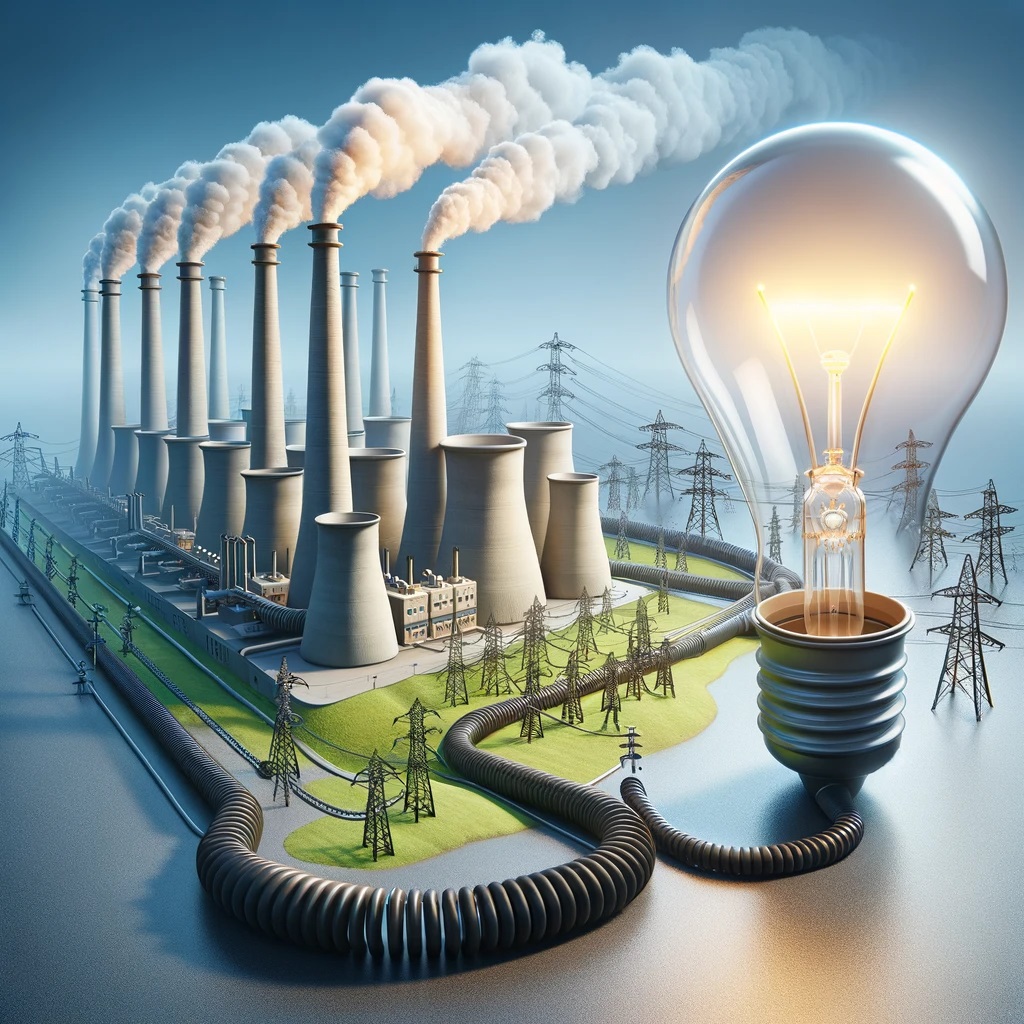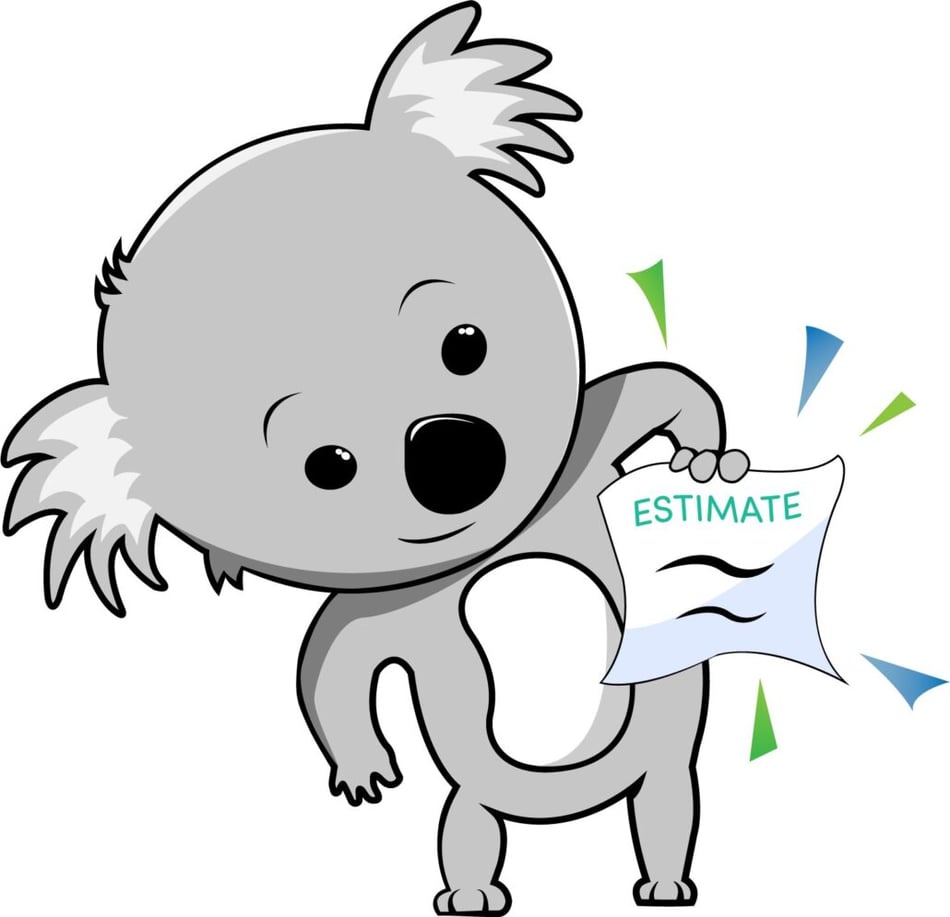Incandescent lights are relics of the past and need to be replaced.

We had a customer mention that they hadn't yet changed all of their old school (incandescent) lights to LED. I reminded them of the savings but wanted to write a bit more about it. You can run six to eight LED bulbs with the same electricity usage as one incandescent bulb. A modern 420 watt solar panel can run only seven 60 watt incandescent or 52 LED bulbs!
Incandescent lights, once the standard for home and office lighting, are significantly less efficient compared to their modern counterpart, the LED (Light Emitting Diode) bulb. This inefficiency not only impacts electricity consumption and costs but also affects broader aspects such as the load on HVAC systems and the long-term financial and environmental footprint of lighting solutions.
Energy Efficiency: Incandescent vs. LED
The primary inefficiency of incandescent lights lies in their energy use. An incandescent bulb converts only about 10% of its consumed energy into visible light, with the rest being lost as heat. In contrast, LEDs are remarkably efficient, converting up to 95% of the energy they use into light. This means that an LED bulb can produce the same amount of light as an incandescent bulb while using significantly less energy.
For example, a standard 60-watt incandescent bulb can be replaced by a 10-watt LED that produces the same amount of light. Over the bulb's lifetime, this difference in wattage results in substantial energy savings.
Cost Implications: Savings Over Time
The initial cost of LED bulbs is higher than incandescent bulbs. However, the long-term savings are significant. LEDs have a lifespan that is 25 times longer than incandescent bulbs. This longevity reduces the frequency of replacements, further adding to the savings.
Consider a household that replaces 10 incandescent bulbs with LEDs. Assuming each bulb is used for an average of 3 hours per day, the annual energy savings can be substantial. Calculations suggest that the switch can save around $100 per year on electricity bills. Over the typical 25-year lifespan of an LED bulb, these savings become quite significant.
Impact on HVAC Systems
The heat emitted by incandescent bulbs affects indoor temperatures, especially in enclosed spaces. During summer, this added heat means air conditioning systems must work harder to maintain a comfortable temperature, increasing energy consumption and costs.
By switching to LEDs, which emit very little heat, there's a noticeable reduction in the thermal load on HVAC systems. This not only translates to energy savings but also reduces wear and tear on the HVAC system, potentially prolonging its lifespan and reducing maintenance costs.
Payoff Period: A Quick Return on Investment
Although the upfront cost of LEDs is higher, the payoff period is relatively short. The break-even point depends on the cost of the bulbs, the energy rate, and usage patterns. Typically, the investment in LED bulbs pays off within a few months to a year.
Once the initial cost is recouped, the continued savings are an added bonus. Given their long lifespan, LEDs provide many years of cost-effective lighting following the initial payback period.
Environmental Benefits
Beyond the financial aspects, LEDs offer significant environmental benefits. Reduced energy consumption means lower carbon emissions, particularly important in areas where electricity is generated from fossil fuels. Additionally, the longer lifespan of LEDs means fewer bulbs end up in landfills, reducing waste.
Conclusion
The inefficiency of incandescent bulbs is clear when compared to the benefits offered by LED technology. While the initial investment in LEDs is higher, the long-term savings in energy costs, the reduced impact on HVAC systems, and the environmental benefits make it a wise choice. The rapid payback period makes the switch to LEDs not only a financially sound decision but also a responsible environmental choice.
Homeowners and businesses alike can reap the benefits of this technology shift, contributing to a more sustainable and cost-effective future. As LED technology continues to advance, its adoption will likely become even more widespread, further enhancing energy efficiency and reducing the environmental impact of lighting.
Find Your Location


Get a quote



